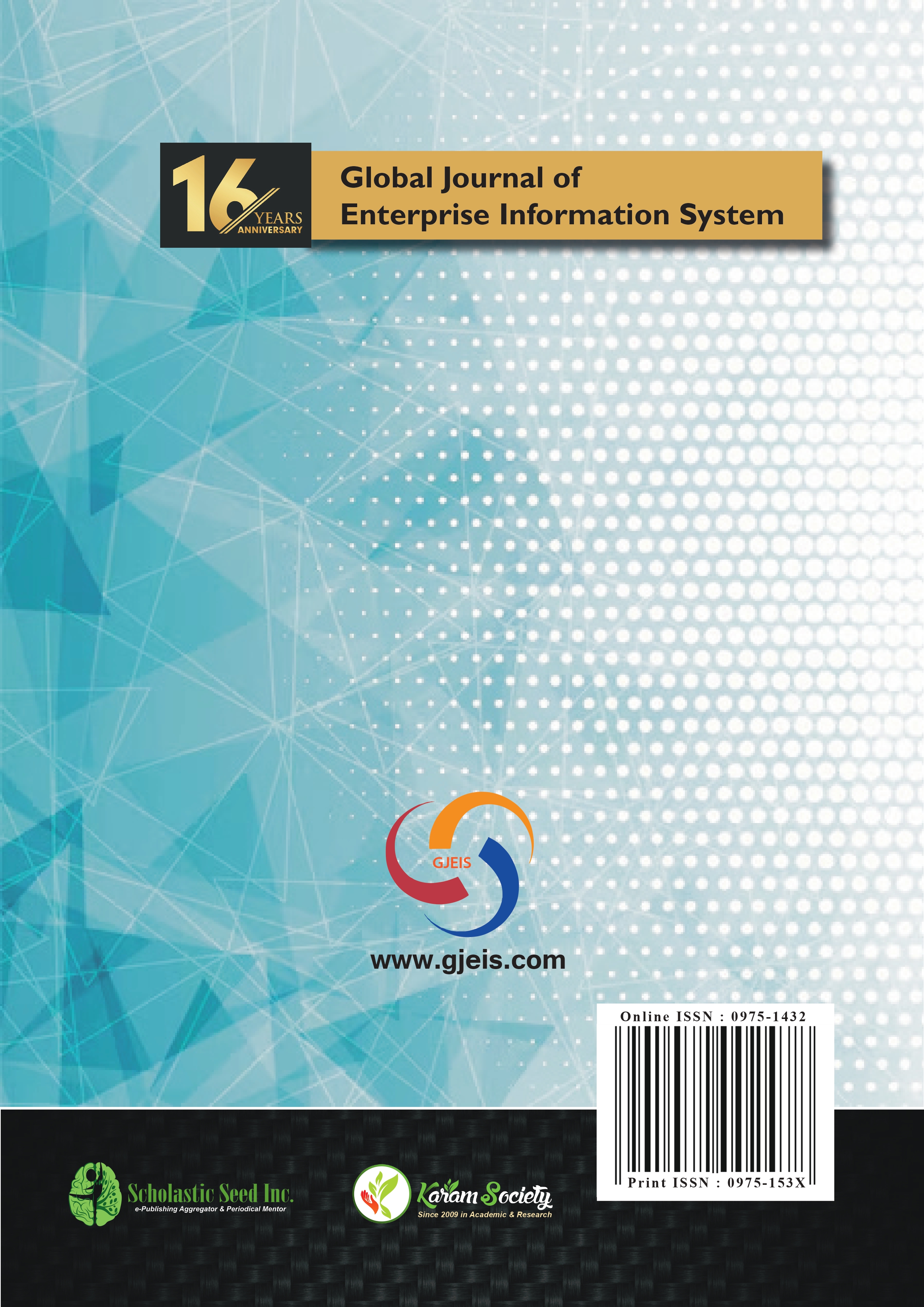Telephone Network and Internet Penetration in India: A Pragmatic study using Data Analytics
Abstract
Purpose: The present research study highlights the expansion trend and benefits of
telephone network (wire line and wireless) and Internet penetration in India w.r.t. ever
growing mobile phone subscriber base in the country. Mobile, a luxury item of 1990’s,
have been transformed into an inseparable part of all strata of Indian citizens. The
effective and efficient mobile networks have not only redefined the business processes
but have re-shaped and empowered the common masses of India leading to informed
and connected society. Endowed with highly regulated telecom sector, India has the
highest number of mobile players in service area in each of the country’s 22 telecom
circles leading to lowest tariff rates in the world.
The paper calls for adopting a multi-dimensional endeavour starting from data
collection and its subsequent standardisation, use of analytical tools for its analysis
resulting information generation for informed policy decisions. The statistics have
been collected from TRAI, Ministry of Statistics & Programme Implementation,
Government Data Platform, Department of Telecommunications Government of
India and International Telecommunication Union and dealt exhaustively to obtain
the following results:
Trend Analysis of Telephone Network (wired and wireless) and subscriber base
expansion in India
Measure of Tele density (per 100 inhabitants) in urban and rural India (2008 to 2018)
Growth of Internet Subscriber base in urban and rural India (2015-2018)
Service area wise Internet Subscriptions (millions) (2014-2018)
PSU Telecom Players & Subscriber base in India (in millions) (2008-2018)
Internet Subscribers (per 100 inhabitants) in India and Africa (2012-2016)
Copyright (c) 2021 Global Journal of Enterprise Information System

This work is licensed under a Creative Commons Attribution-NonCommercial-NoDerivatives 4.0 International License.








